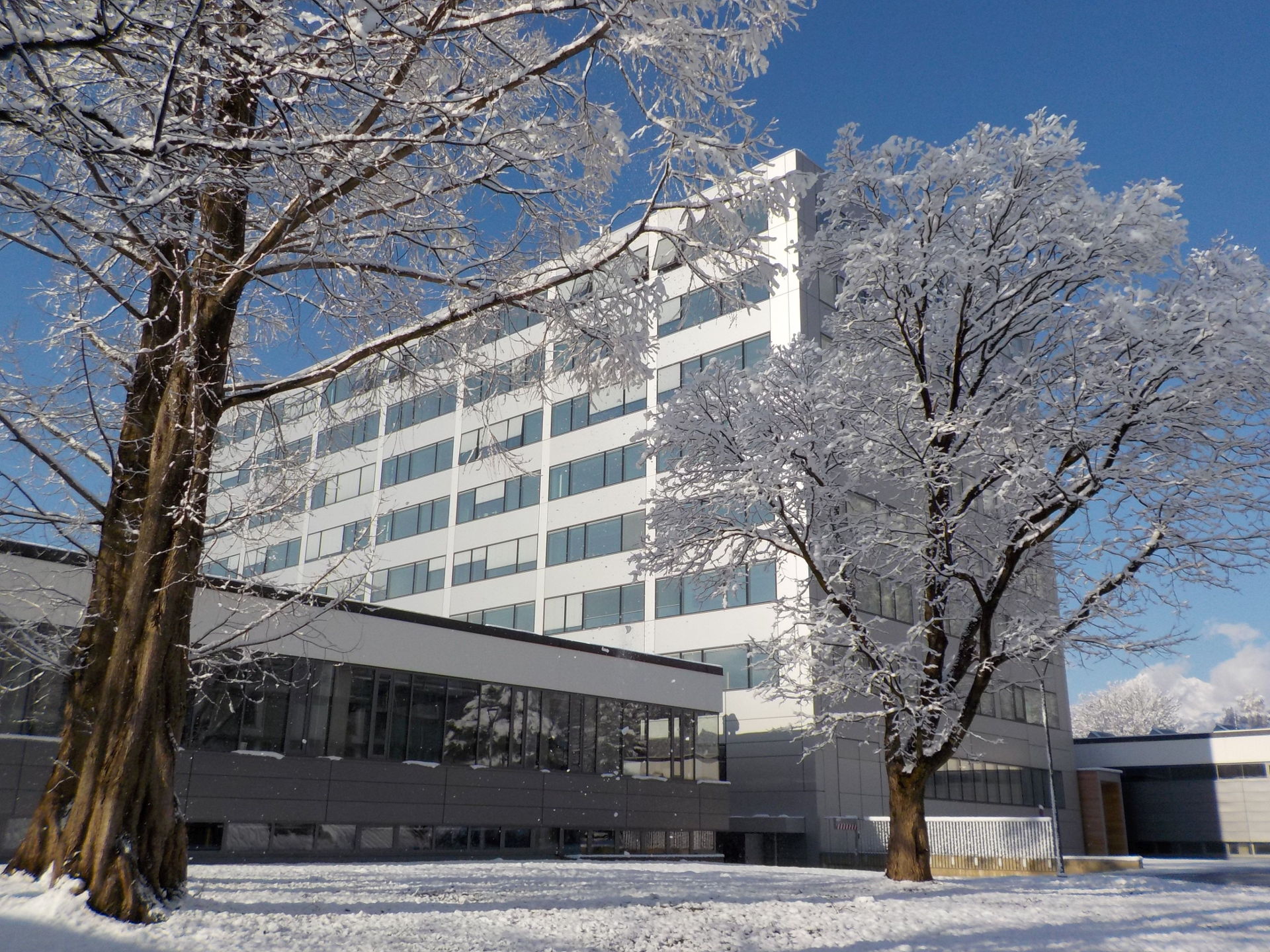
Thermal-optical Characterization of Semitransparent Facade Components and Systems for the Control of Solar Radiation and Daylight Utilization Under Health Aspects
The PM&VL8 focuses on the thermal-optical characterization and performance benchmarking of semi-transparent and advanced facades. This can includes different glazing systems (float, low-e, electrochromic) as well as systems for shading (louvers, screens,...) and daylighting purpose (redirecting blinds, refractive systems, ...) as well es their combination towards complex fenestration systems, allowing to control the thermal as well as the visual performance of a building facade. For these products, the PM&VL8 provides a measurment service organized in three pillars: pillar-1: evaluation on component scale; pillar-2: evaluation on facade scale; pillar-3: evaluation by supplementary simulations.
The testing purpose in PM&VL8 can be categorized in the four main aspects: (1) characterization and measurement of the visual performance and comfort; (2) characterization and measurement of the thermal performance and comfort; (3) characterization and measurement of the heat flux through transparent envelope components. For that purpose, the relevant measurement infrastructure applied are following : (1) the PASSYS outdoor test cells for calorimetric evaluations of full-scale, multi-functional façade mock-ups to evaluate energy balances, thermal comfort situations as well as daylighting perfromances; (2) a novel measurement concept for evaluating the in-situ g-value/u-value directly on an installed facades as well as the 2D- angular dependent solar heat gain coefficient (2D-SHGC) including solar transmission and secondary heat fluxes though complex glazing systems; (3) a novel measurement concept of a goniophotometer, for measuring scattered light distribution (BSDF) through small-scale glazing systems as well as homogeneous shading systems (e.g. screens). By combining the proposed measurement systems with valid simulation methods, a full characterization of the relevant criteria can be achieved.
Who is UIBK?
The unit of Energy Efficient Buildings at the University of Innsbruck sees its main task in supporting the sustainable renewal process, both through the training of competent engineers and architects, as well as through research and development for the benefit of human health, sustainable development and the protection of the environment. Beside enhanced modelling and simulation, developing and applying new measurement solutions and processes are a strategic part of our daily work. Within the MEZeroE marketplace, UIBK provides profound knowledge in enhanced measuring and modelling techniques in evaluating complex facade components and systems with focus on shading and daylighting.
